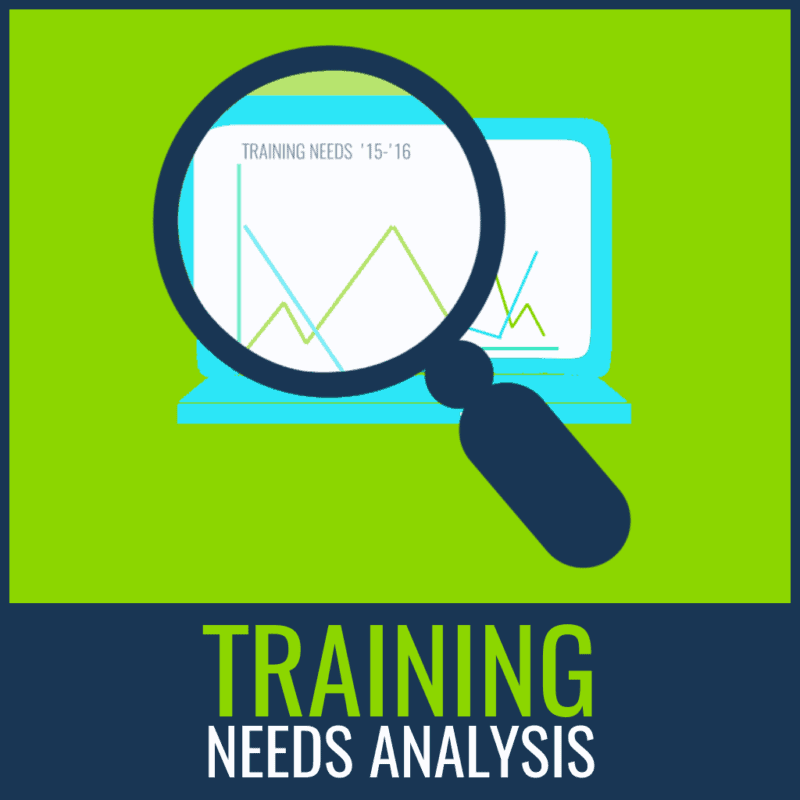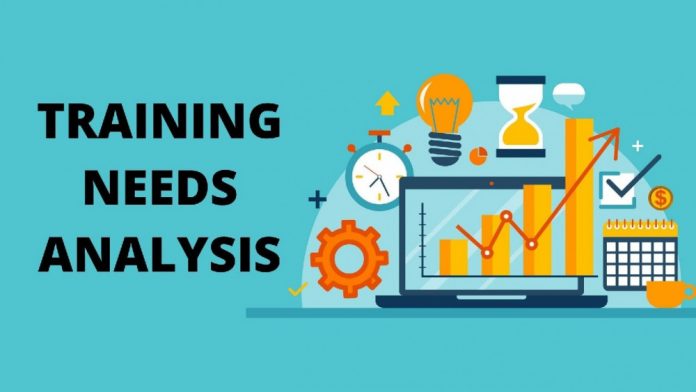Insight on training needs and information on a systematic, four-step approach to conducting Training Needs Analysis.
A training need is an existing or potential gap between desired and actual performance. Training needs can arise because of a past or existing performance issue, or be due to a business opportunity which is future-focused.
What is a Training Needs Analysis?

A Training Needs Analysis (TNA) is a systematic approaching to identifying Training Needs – or indeed to eliminating training as an appropriate response to the issue at hand. The problem or opportunity may require other responses such as coaching, mentoring or performance management. A TNA can be carried out at three levels: the organisation as a whole, the job, and/or the individual.
How do I Conduct a Training Needs Analysis (TNA)?
Best practice in undertaking a TNA dictates using a four-step systematic training needs identification process:
- prepare
- collect data and begin interpretation
- analyse data
- identify and prioritise training needs (if any)
These same four steps can be used equally to identify needs at an organisational, job or individual level.
About the 4 Step TNA Process

Prepare: This step should include the scope, objectives, time horizon of the review, confidentiality and authority granted to the reviewer, and who gets the final report. The employee(s) should be informed of the process to come, and the best starting point should be determined.
Collect Data: You may use a variety of methods. Following are sample data collection methods for an individual: interviews, questionnaires, 360 degree feedback, performance reviews, performance statistics (such as calls answered, widgets made, people served, etc.).
Analyze Data – Put the data together into a whole. What does it mean for this individual in this organization? Do they need training or is there another issue affecting performance? What opportunities to you see?
Identify Priorities: Not all Training Needs Analysis result in a training requirement being identified. Sometimes, other or no interventions are necessary. It’s also important to keep in mind that even when you do identify training needs, it’s not always possible to fulfill them all. Look for achievable solutions that have minimal financial impact.
While not all issues affecting organisations and individuals require a training solution, they often do require some sort of coordinated action.



















